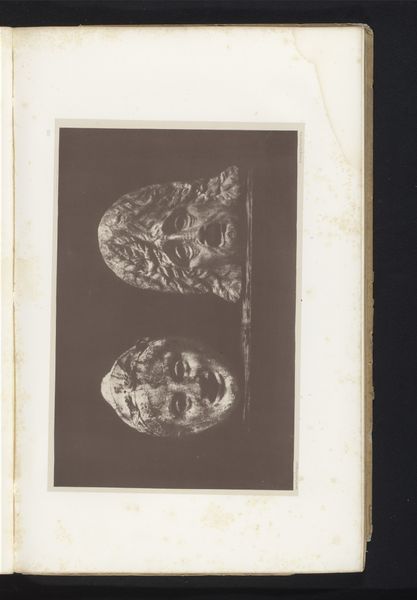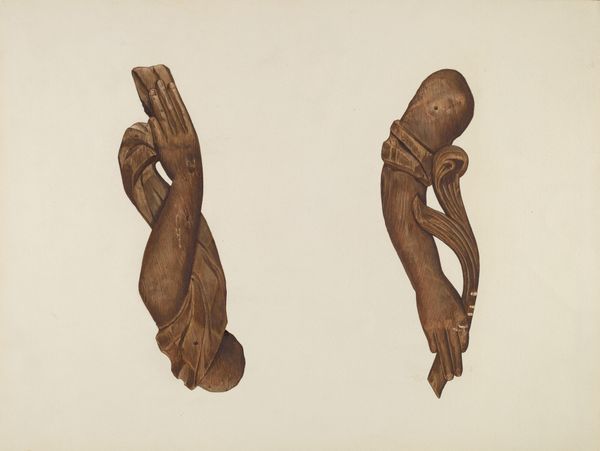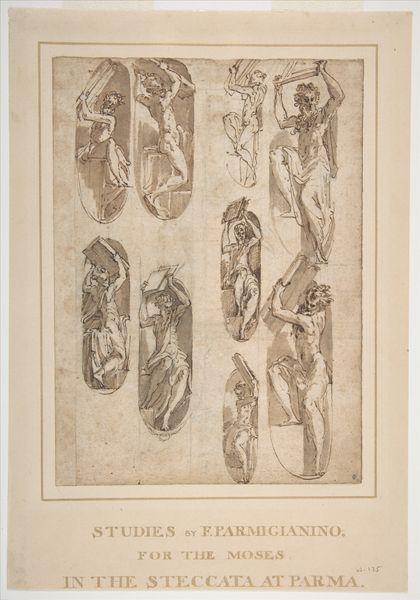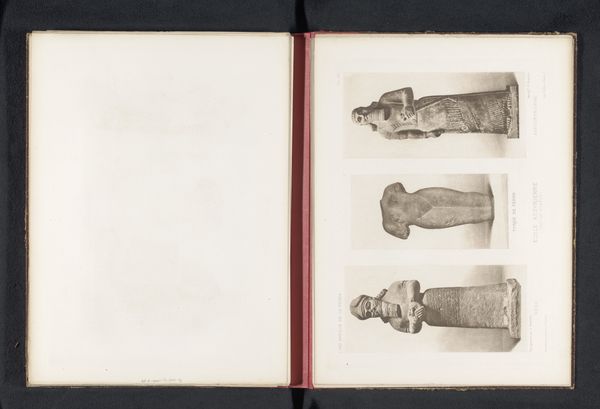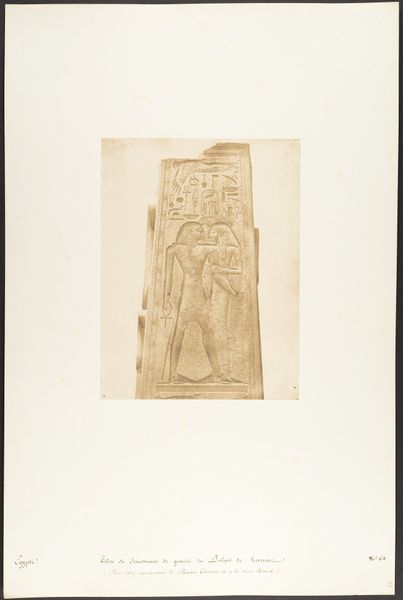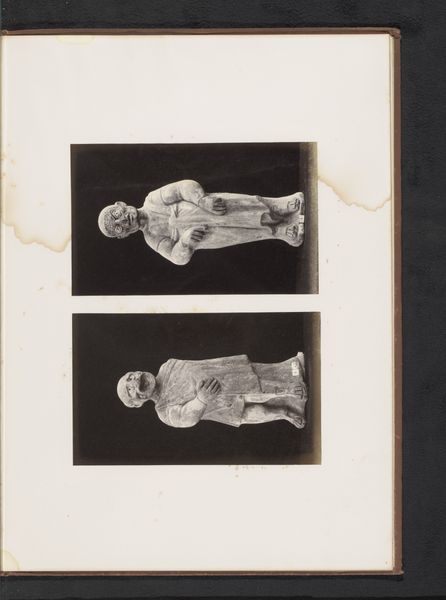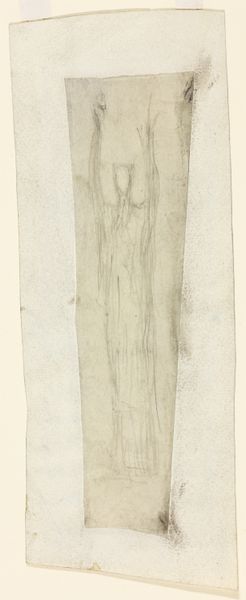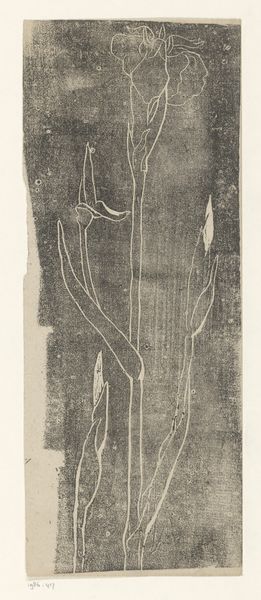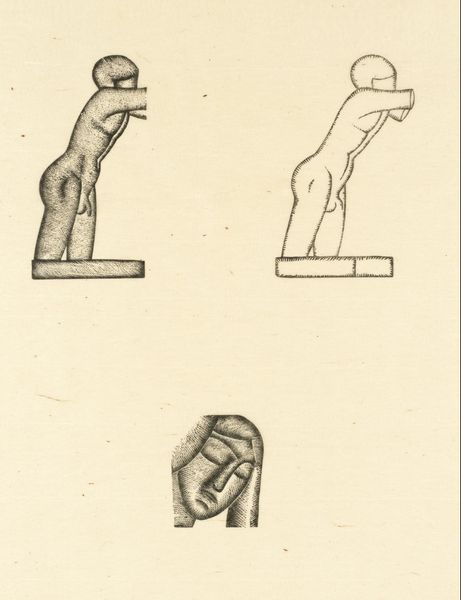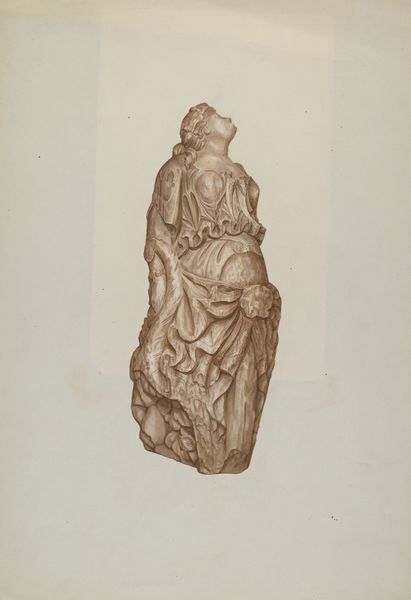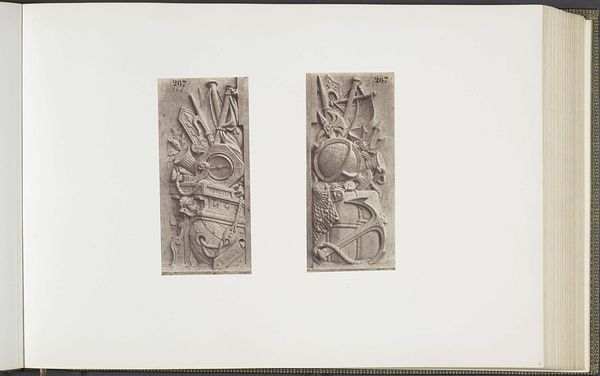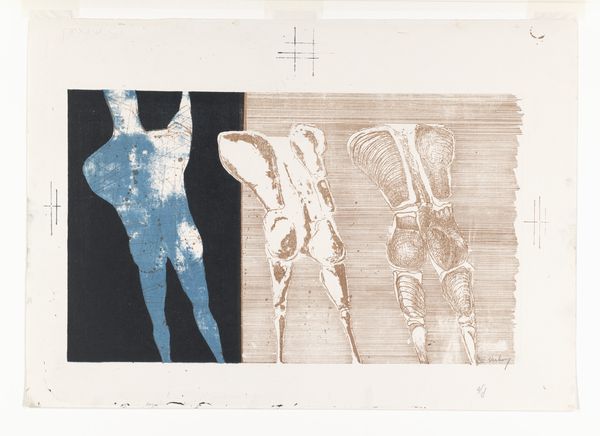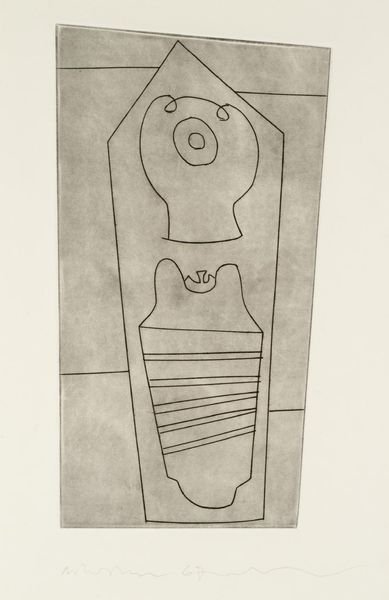
print, engraving
# print
#
line
#
history-painting
#
engraving
#
realism
Dimensions: 269 mm (height) x 228 mm (width) (bladmaal)
Editor: This is "Kongegravene i Ringsted Kirke," Plate X, created by Heinrich Hansen in 1858. It’s an engraving depicting royal tombs. It strikes me as very clinical, almost like an architectural diagram, despite representing human remains. What historical factors shaped the creation and interpretation of this work? Curator: Indeed. Its clinical nature reveals a lot about the 19th-century fascination with scientific accuracy and historical documentation. Consider how national museums were developing then. The focus shifted toward preserving cultural heritage. This print, likely produced for academic or public dissemination, treats these royal tombs as artifacts to be cataloged and understood within a national narrative. Do you notice the absence of overtly religious symbolism? Editor: Yes, it’s more like an archaeological record. Is that a deliberate choice? Curator: Precisely. Hansen, by stripping away excessive artistic embellishment and religious iconography, presents these tombs as historical data. This reflects a broader trend: secularization. European societies shifted their understanding of power away from divine right and more towards demonstrable history and tangible connections to the past. The style helps democratize access to history, wouldn't you agree? Editor: I see what you mean. It makes these royal figures seem less distant, more real. I hadn't thought about the politics of accessibility in art like this before. Curator: And that tension - accessibility vs. reverence - continues to shape our understanding of art’s public role even now. Considering this, what new ideas do you have about the piece? Editor: I now appreciate how this engraving wasn't simply recording history, but actively shaping a particular understanding of Danish identity and national heritage.
Comments
No comments
Be the first to comment and join the conversation on the ultimate creative platform.
